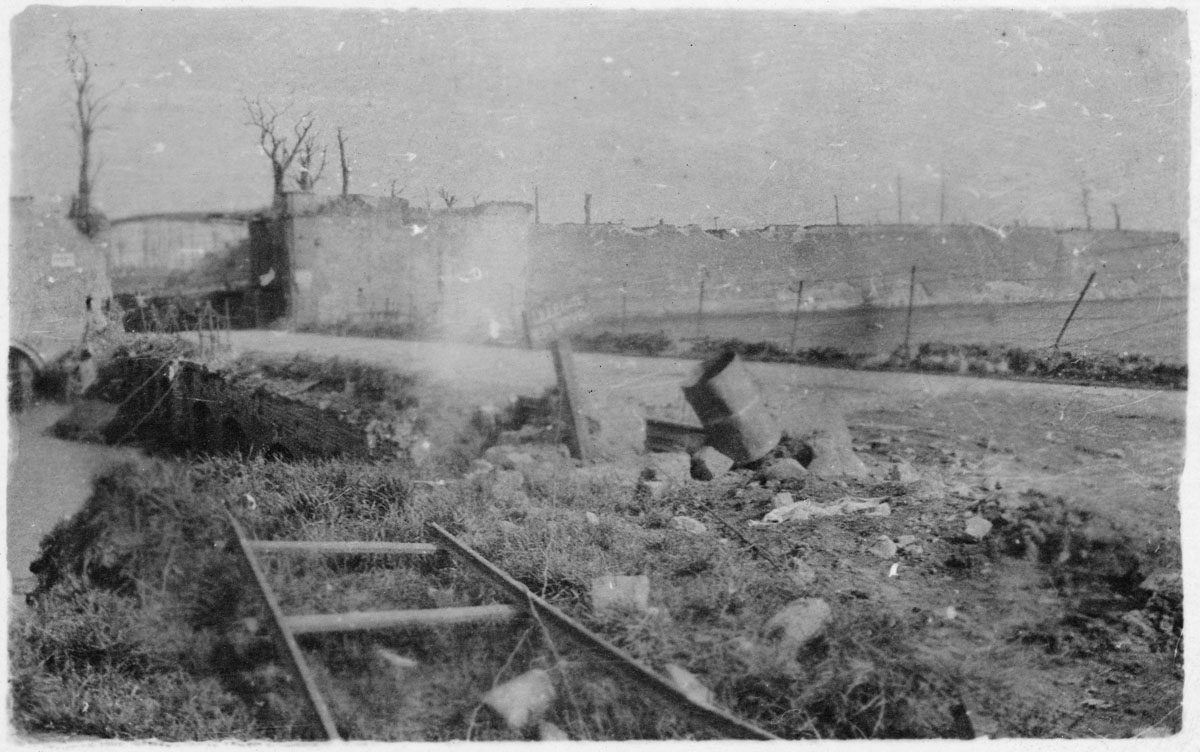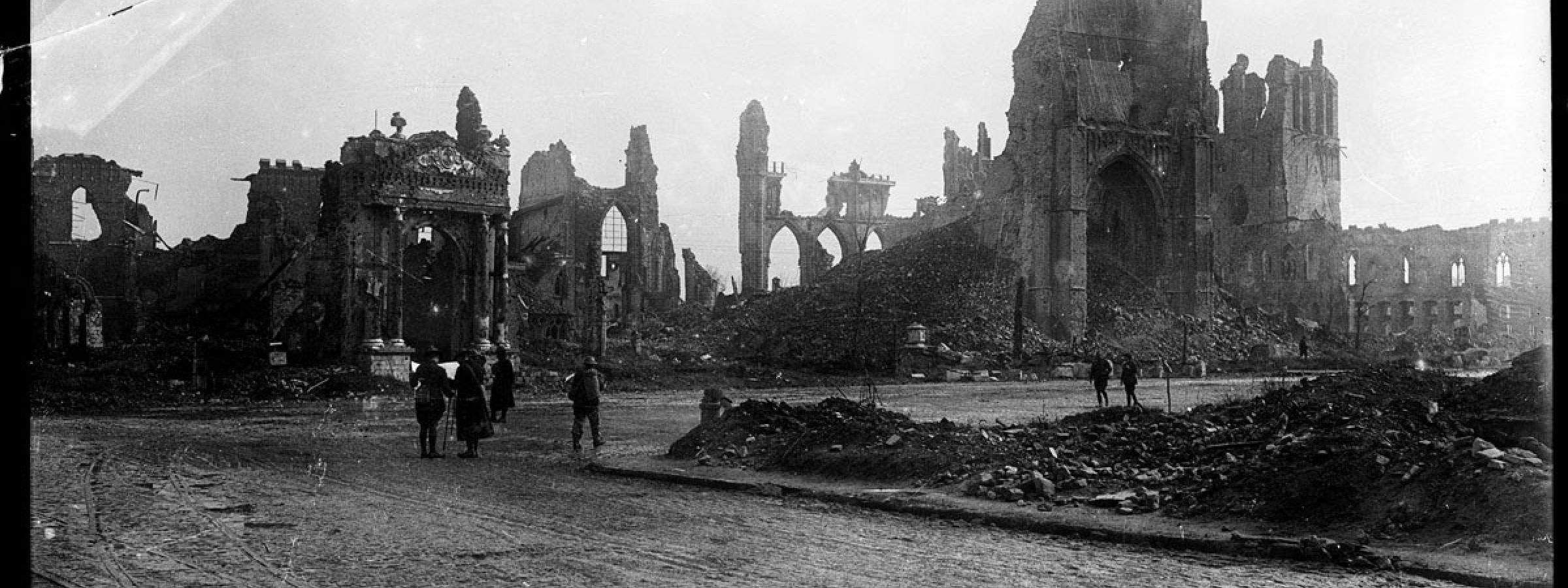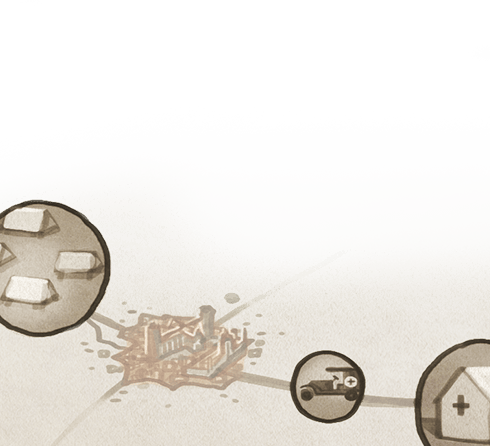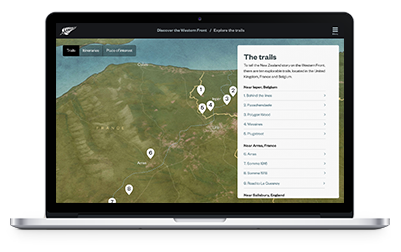Almost from the outset of the First World War, The Ypres salient, a bulge in the line around the medieval city of Ypres, was fiercely fought over. It was held by the Allies, but neither side would give up any more ground there, because if they did, they risked being outflanked and cut off from vital coastal supply-and-transport routes.
Soldiers travelling to and from Ypres generally went via the town of Poperinge, or ‘Pop’ as they called it. About 12 kilometres west of Ypres, it was an important wartime railhead, transporting men, equipment and supplies directly to Ypres. It contained numerous camps and headquarters.

Alexander Turnbull Library, Wellington. Ref: PAColl-2667-007 http://natlib.govt.nz/records/22582027
The First Battle of Ypres began in October 1914 and was fought between the Anglo-French and German forces. There were four more battles in the region during the war. For New Zealanders, the most significant was the battle of Passchendaele, part of the Third Battle of Ypres in 1917.
In the lead-up, members of the New Zealand Rifle Brigade were put to work building a newer, more direct railway line that would improve access to Poperinge, and in turn the Ypres salient. William Semmens Austin wrote, ‘A party numbering 300, made up of drafts from the four battalions, was despatched on January 8th for railway construction duty…The whole of the personnel were men chosen for their experience of railway construction or similar work in civil life.’
Read this audio story
The importance of rail during the war
"The First World War was in many ways a railway war. By 1914 the technology of the steam railway was at its peak, whereas motor transport was very much in its infancy. Europe was criss-crossed with railways and these would prove crucial to this new form of industrialised warfare. Railways enabled states to mobilise their armies on a huge scale, and to maintain them in the field, with their increasingly complex logistical needs, not just for weeks or months, but for years. The troop train is one of the enduring images of the Great War. Germany based its war plans on a meticulous 16-day mobilisation requiring 11,000 trains. The French railways delivered a million men to the front in just the first two weeks of the war. Railways also kept armies supplied with ammunition, food, mail, cigarettes, everything soldiers needed. From 1914 to 1918 the supply needs of front-line units increased tenfold; by 1918 it was said that each division in the field now required 1,000 tonnes of supplies, every single day, equivalent to two 50-wagon trains."
The battle began later that year, with the British attempting to break out of the Ypres salient and drive the Germans back. The well-prepared Germans, however, stood their ground, and New Zealand suffered catastrophic losses.
After Passchendaele, the New Zealand Division was given just a month’s rest. They returned to the frontline in the icy winter, and continued to participate in raids, bombardments and a failed attack on the German strongpoint at Polderhoek Chateau.
It wasn’t until 24 February 1918 that the New Zealanders were allowed to leave the Ypres salient for good – and take some time resting and training at Staple, west of Hazebrouck.






